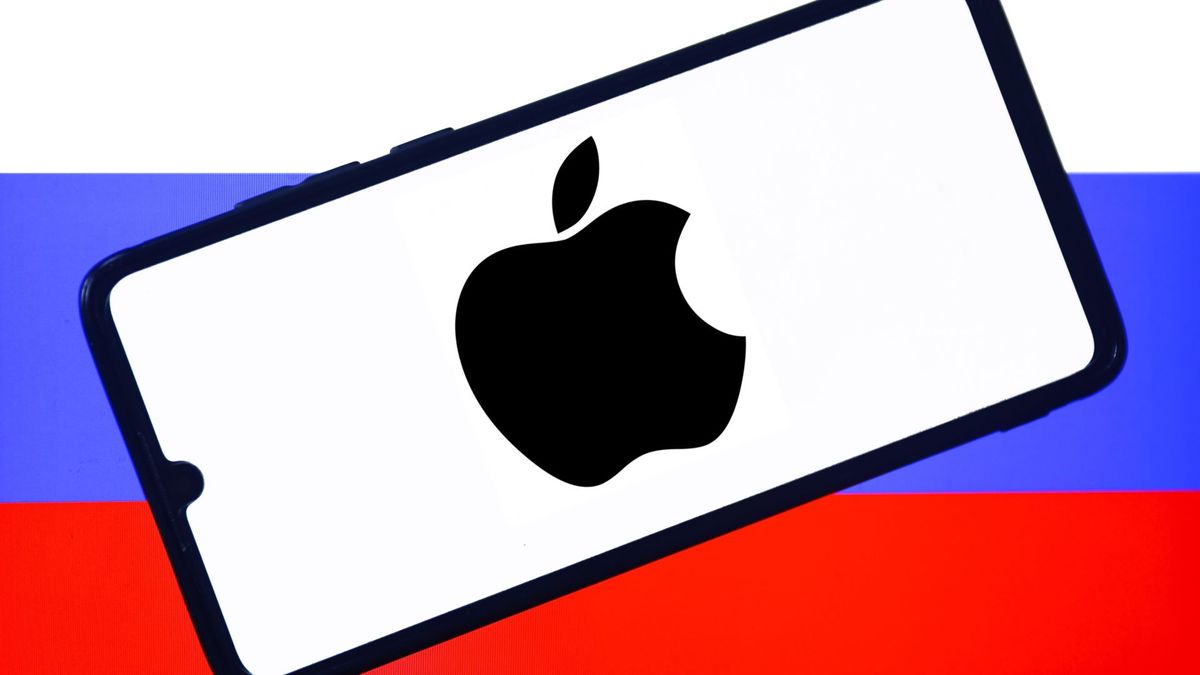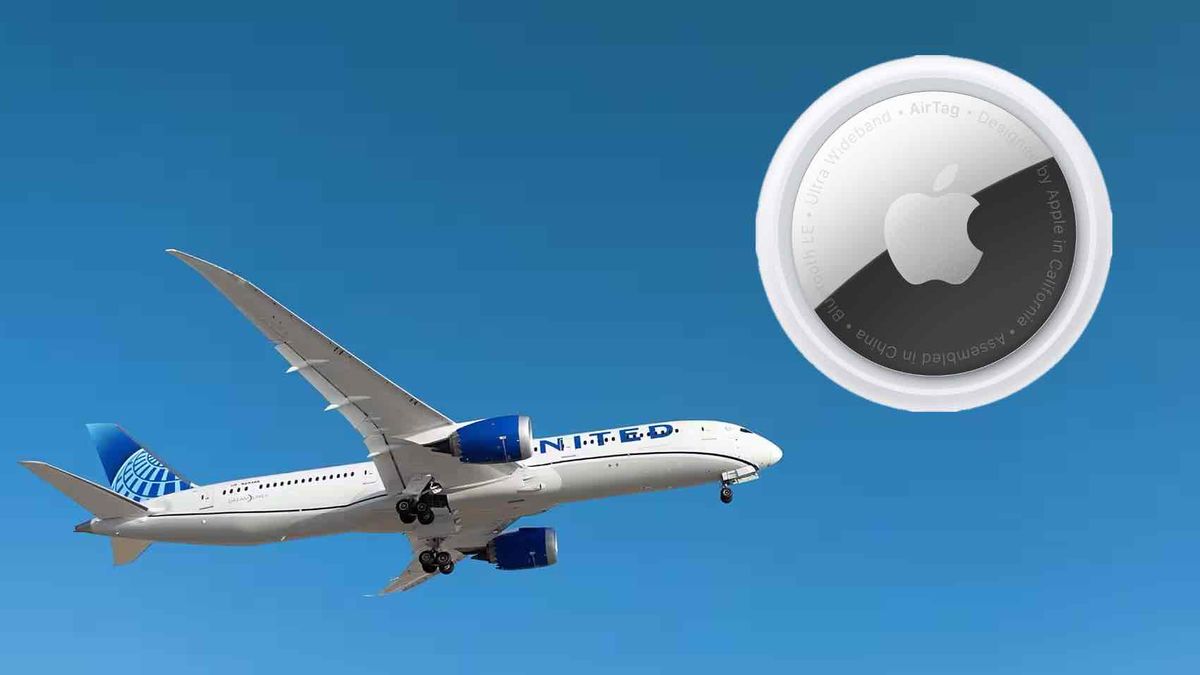- The crossover between banking and telecommunications is accelerating faster than regulators or customers expected
- Mobile connectivity is becoming another battleground for fintech companies seeking to retain their customers.
- Incumbents are responding to fintech inroads through travel eSIM spin-offs
A growing number of digital-only banks are experimenting with launching their own mobile network services, signaling a potential shift in the way financial institutions engage customers.
The idea of neobanks operating as mobile virtual network operators (MVNOs) is gaining ground as the technology and telecom sectors converge.
However, analysts caution that while technical feasibility has advanced, the business logic behind such ventures remains largely unproven.
A new approach to customer engagement
Digital banks have already transformed financial services through app-based platforms and are now considering expanding their ecosystems towards mobile connectivity.
By integrating network access within their applications, neobanks could turn connectivity into a loyalty-building feature, offering users travel data plans, mobile payments and account-linked benefits.
According to GlobalData, this approach differs from traditional prepaid mobile strategies used by traditional retailers or banks.
For neobanks, success would depend on tightly integrating connectivity with financial services and creating a seamless, mobile-centric customer experience that extends beyond banking.
Advances in the adoption of eSIM and turnkey MVNO platforms have reduced technical barriers to entry, as these developments make it easier for digital banks to offer connectivity without owning network infrastructure.
However, analysts maintain that business sustainability remains elusive.
Managing an MVNO requires regulatory compliance, a strong digital commitment and operational experience that few neobanks currently have.
As GlobalData's Natasha Rybak points out, the challenge lies not in launching such services but in proving that customers will adopt and use them at scale.
For established mobile operators, the rise of bank-based MVNOs does not necessarily pose a direct threat. In fact, many major operators are already adapting to the evolving ecosystem.
Initiatives such as Orange Travel, eSimFLAG and Vodafone Travel eSIM show how telcos are using eSIM technology to create travel-focused digital brands and diversify revenue streams.
Some well-capitalized digital banks with large customer bases can successfully launch MVNO offerings; However, experts believe that widespread disruption to operators' revenue remains unlikely in the near term.
Without clear evidence of large-scale customer migration, most businesses may serve as strategic experiments rather than transformative changes.
Still, 2026 could be a decisive year to test whether neobanks can turn mobile connectivity into a lasting competitive advantage.
Follow TechRadar on Google News and add us as a preferred source to receive news, reviews and opinions from our experts in your feeds. Be sure to click the Follow button!
And of course you can also follow TechRadar on TikTok for news, reviews, unboxings in video form and receive regular updates from us on WhatsApp also.
you may also like









